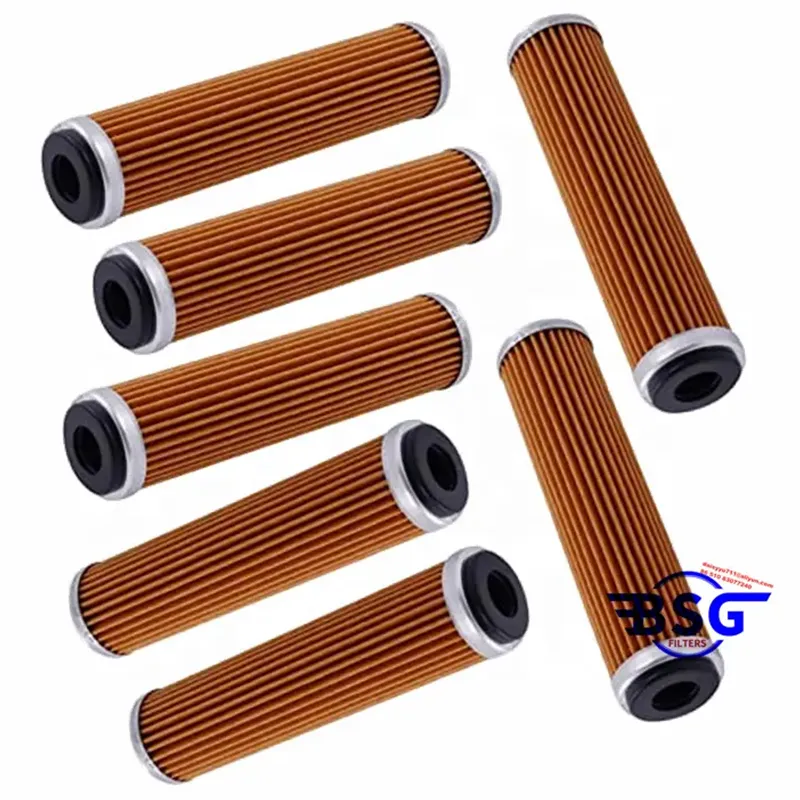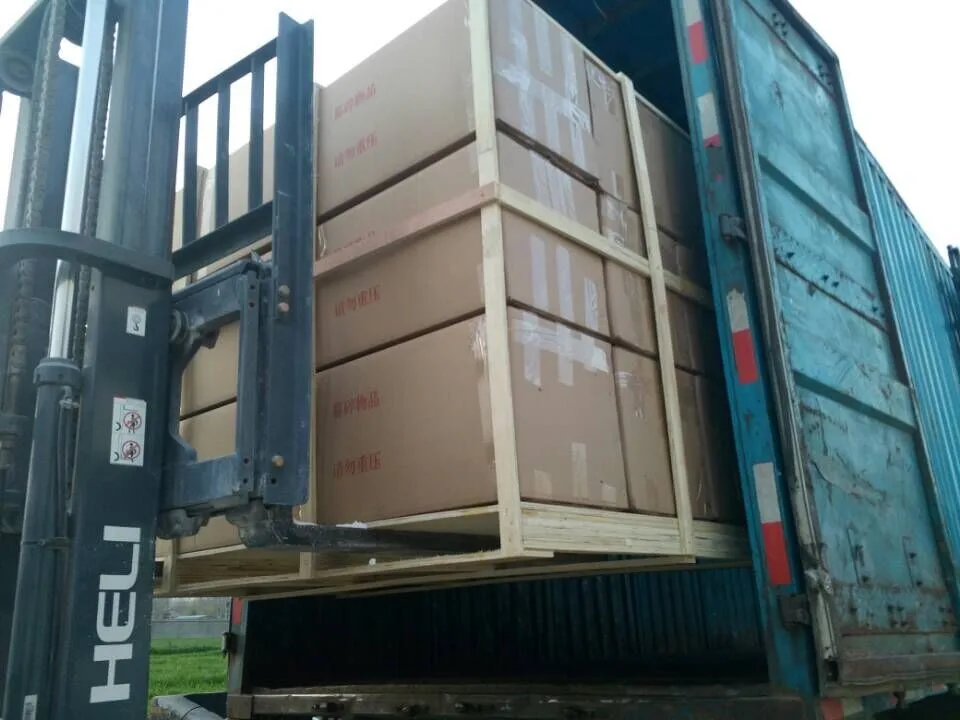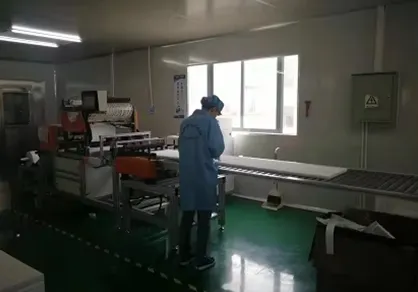In summary, selecting the right rubber door seal strip supplier is a critical decision that can impact the overall energy efficiency, comfort, and security of a space. By prioritizing quality, customization, variety, and expert guidance, you can find a supplier that meets your specific needs. With the right rubber door seal strips in place, you can enjoy a more comfortable environment while also benefiting from lower energy costs and improved protection against the elements. Therefore, take the time to research and choose wisely, ensuring that your investment in door seal strips delivers the benefits you seek.
 Home
Home












